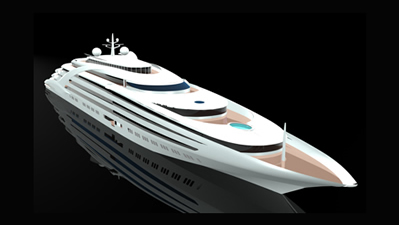Humanity’s technical prowess provides wondrous opportunities. The super rich can buy super yachts. These vessels’ staterooms cocoon the journeyers with opulent luxuries whether symphonic sound, culinary bliss or coital passion. Glass bottoms, helicopters, submarines and dry docks for tenders keep super toys near to hand. With all this, there’s no wonder that construction costs approach or exceed a million dollars per metre of boat length. Technology has enabled over 4000 of these super extremes to be built to pleasure the rich.
And, providing pleasure completes the boat’s function. What other reason than animal gratification would see members of our species apply so much of the Earth’s resources for so trite and aimless a goal. The boats don’t add to humanity’s knowledge, they don’t provide security and they don’t provide food. This application of the Earth’s resources instantly and briefly gratifies a few to the detriment of the many.
Given the typical cost per construction metre, the average length of each and the number of boats then the estimated fleet cost is $50B. Its annual operating cost approaches 15 percent or about $8B. The space shuttle costs about $0.5B per launch. So, when your daughter comes up to you and asks, ‘Mom, why did we never reach past the planet?”, you will know the answer. You will also know to what benefit humanity used the Earth’s resources.

Rainsford Saunders Design
| See the BOOK | SUBSCRIBE |

